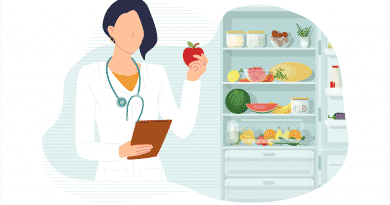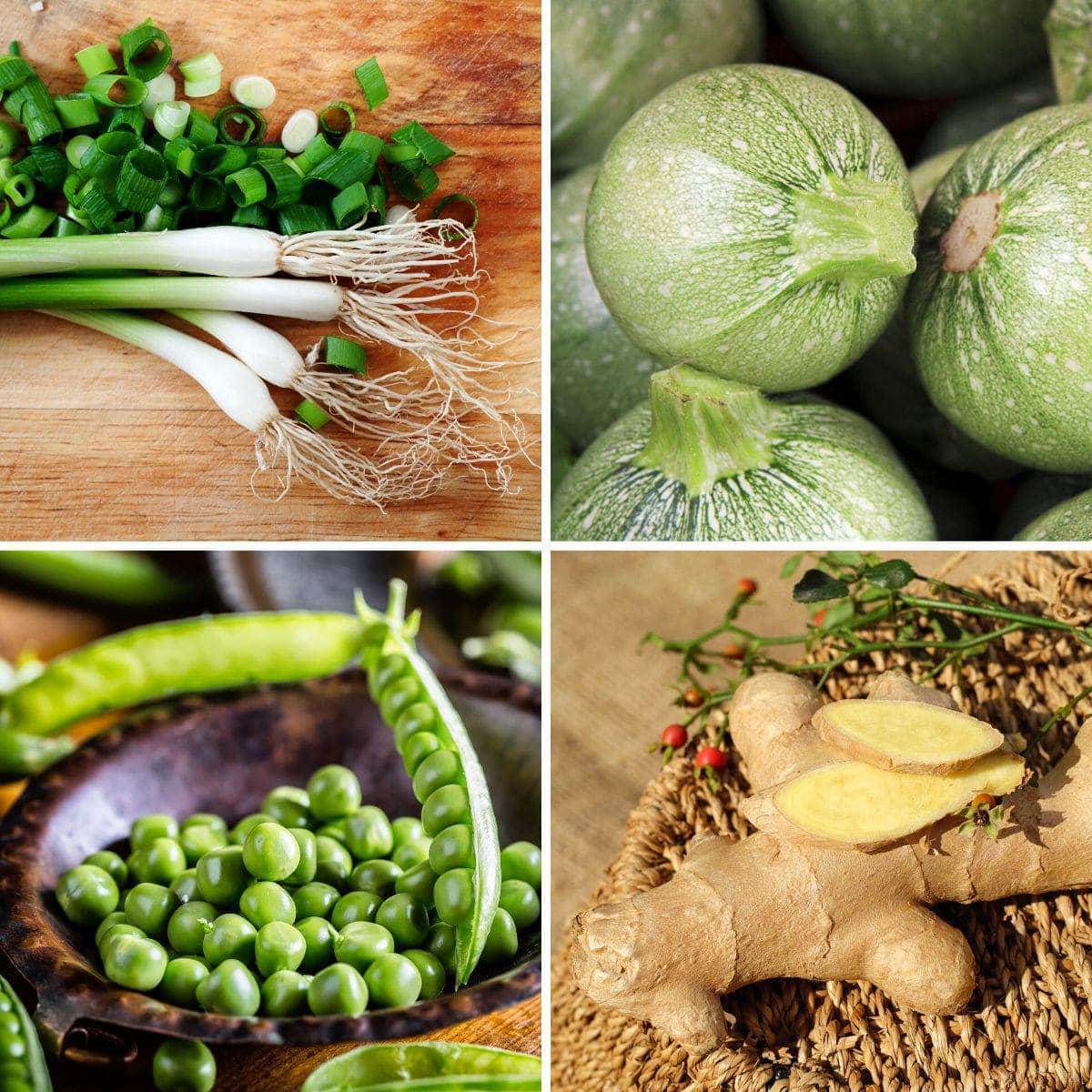Can processed foods be part of a healthy diet?
“Diet” foods and drinks, pre-prepared meals, and fast foods have become a staple for some – but have they also become health hazards?
Are you someone who loves those cheesy, frozen lasagna meals or pizzas?
Do you find yourself often turning to Just Eat, microwave meals, or the local fast food joint for quick dinner assistance? If so, you are like millions of others who consume foods that are simple, cheap, and tasty.
While these so-called “foods” sure are easy and convenient (not to mention a hit with the kids), they are also often heavily processed with ingredients that could potentially jeopardise your health.

The Problems with Processed Foods
Overly processing food poses problems that frequently lead to unhealthy diets, and subsequently, obesity and disease.
Too many of us consume above and beyond the daily recommended amounts of sodium and fat alone – leading to hypertension, obesity, diabetes, heart disease, and even some cancers.
Is steering clear of pre-made meals and snacks to cut out excess salt, sugars, refined carbohydrates, and fats, the best plan? Are we also conscious of the health risks associated with food additives?
Food Additives and Preservatives–Healthy or Not?
Artificial colours, artificial sweeteners, and even artificial fats are becoming more and more common in processed foods.
Sometimes these substances are used instead of a more natural version to make a “diet food,” i.e., using aspartame instead of sugar to make a diet fizzy drink or sweets.
Other times food additives are there to enhance colour or flavour or to protect the product from going bad.
Are food additives and preservatives necessary?
According to the National Institute of Health’s MedlinePlus, they serve five main functions.
- help preserve a product’s consistency and texture
- preserve or enhance the nutrient value
- prevent contamination or spoilage
- change the acid-base balance and for the leavening
- preserve, provide, or enhance colour, flavour, or texture
While it may seem good that companies are taking measures to protect our food from spoilage and give us a good product, many of these additives have not undergone any testing. There are also several that have gone or are going through testing, showing shocking results.
For example, potassium bromate, a food additive that can be used to improve flour in the US, has been studied and shown to be a cancer threat. It is outlawed in Europe. Though still legal in the United States, the state of California mandates that any food containing potassium bromate must carry a cancer warning.
Several other artificial ingredients, colours, and flavours are also under scrutiny for causing cancer or other health problems. Many are banned in some countries and not in others.

Food Labeling Can Help Direct Us to Healthier Choices
The FDA mandates that consumers know what is in the food they are buying. Each boxed, bagged, or bottled food item must have a nutrition facts box on the label.
It’s there to inform us about the serving size, calorific content, and other nutrients in the product. This is a useful tool to gauge whether or not the food should have a place in your diet.
An ingredient list is also required on food packaging. While you may find well-known ingredients on those lists, like flour and sugar, you’ll likely also find substances listed that aren’t in your kitchen cabinet. Sodium nitrate, propyl gallate, and acesulfame-K are just some of the ingredients common on food labels these days. These particular food additives, and many others, have controversial health risks.
Whole Foods, Fresh Foods, Healthy Foods
It’s not as hard as you may think to start making wiser choices about food. Here are a few simple things you can do to avoid all the added extras that your body doesn’t need:
- Be familiar with which food additives to avoid.
- Ignore “health claims” on the packaging and check the nutrition facts and ingredients list instead. For example, many foods described as low fat are slightly lower fat than the conventional version but may be higher in sugar!
- Strive to make more meals from home.
- Menu plan and have a shopping list you stick to.
- Don’t impulse buy.
- Shop most often around the “perimeter” of the store – picking out fresh vegetables, fruits, and other wholesome ingredients.
It probably won’t hurt to go out to eat every once in a while or to have a well-chosen frozen meal or two on hand for those extra busy days, but when meals like these become the rule instead of the exception, optimal health and longevity are at risk.
Eating healthy, fresh foods is just one way you can take control of your health.





